5 medically approved exercises good for diabetic patients
Introduction
In this article/blog you will be able to know about some useful and medically approved/selected exercises that are good for diabetic patients. Diabetic patients are required to be a little cautious while doing some physical activities. This article/blog is specifically designed to discuss some medically proven exercises that are good for diabetic patients. 5 major exercises categories discussed are aerobics, calisthenics, yoga, Pilates, and resistance band exercises. So, let us first try to understand and know about diabetes, type 2-diabetes and how to regulate and maintain type 2-diabetes by doing some physical activities and exercises.
· Diabetes is also called diabetes mellitus.
· Diabetes refers to a chronic (long-lasting) disease that occurs either when the pancreas doesn’t produce enough insulin or when the body cannot effectively use the insulin it produces.
Type 2-diabetes
· Type 2-diabetes refers to a long-term (chronic) medical health condition in which your body doesn’t use insulin properly resulting in too much sugar circulating in the bloodstream.
· Type 2-diabetes (formerly called non-insulin-dependent, or adult-onset) results due to the body’s ineffective use of insulin.
· Type 2-diabetes is the most common type of diabetes.
· More than 95% of people with diabetes have type 2-diabetes.
Insulin
· Insulin refers to a peptide hormone produced by beta cells of the pancreatic islets.
· Insulin regulates the metabolism of carbohydrates, fats and protein by promoting the absorption of glucose from the blood into liver, fat, and skeletal muscle cells.
· Insulin is considered to be the main anabolic hormone of the body.
Insulin resistance
Insulin resistance refers to a situation when cells in your muscles, fat, and liver don’t respond well to insulin and can’t easily take up glucose from your blood.
LDL cholesterol
· LDL stands for Low-density lipoprotein.
· LDL is one of the five major groups of lipoprotein which transport all fat molecules around the body in the extracellular water.
· LDL (Bad) cholesterol level (High) is found to be 160-189 mg/dl and above.
· High LDL cholesterol level means you’re at greater risk for cardiovascular disease like heart attack and stroke.
HDL cholesterol
· HDL stands for High-density lipoprotein.
· HDL is one of the five major groups of lipoproteins.
· High levels of HDL cholesterol can lower your risk for heart disease and stroke.
· Optimal (normal) HDL levels are 60mg/dl or higher.
HbA1C level
· HbA1C stands for Hemoglobin A1C .
· The HbA1C test measures the amount of blood sugar (glucose) attached to hemoglobin.
· The normal range for HbA1C is 4-5.6% (20-38 mmol/mol) in healthy people.
· For diabetic patients, HbA1C is over 6.5% (47 mmol/mol).
· High HbA1C, may cause diabetes, a chronic condition that can cause serious health problems like heart disease, kidney disease, and nerve damage.
A1C level
· A1C level shows the level/condition/ situation of your diabetes.
· For normal diabetes, A1C level is 5.7%
· For pre-diabetes, A1C level is 5.7% to 6.4%.
· For diabetes, A1C level is 6.5% or more. (Higher your A1C means the greater your risk is for developing type 2 diabetes).
Some important reasons why exercise is needed/required when you have diabetes:
· Exercises help in lowering blood glucose levels and boost your body’s sensitivity to insulin, countering insulin resistance.
· Exercise helps control weight.
· Exercises lower blood pressure.
· Exercises lower harmful LDL cholesterol and triglycerides.
· Exercises raise healthy HDL cholesterol.
· Exercises strengthen muscles and bones.
· Exercises reduce anxiety and improve your general well-being.
· Exercises lower your risk of heart disease and nerve damage.
· Aerobic, resistance band training, or doing both are found equally good at lowering HbA1c values in people with diabetes.
Some exercises good for diabetic patients are:
Category 1
Aerobic exercises
· Aerobic exercises help you in moving your body, breathing faster, and increasing your blood flow.
· Aerobic exercises help to increase your stamina, fitness and strength.
· Aerobic exercises reduce your health risk.
· Aerobic exercises help manage chronic conditions.
· Aerobic exercises help to strengthen your heart.
· Aerobic exercises help to keep your arteries clear.
· Aerobic exercises boost your mood.
Walking
Walking is one of the easiest aerobic exercises a diabetic patient can do.Running
· Running helps improve the body’s insulin sensitivity.
· Running prevents weight gain.
· Running is considered as an ideal form of exercise for diabetes.
Cycling
Cycling helps to minimize strain on your joints and lowers joint pain.Swimming
Swimming gives your heart, lungs, and muscles a workout.
Water Aerobics
Water Aerobics give your heart, lungs, and muscles a workout.
Aerobic dance
· Aerobic dance is a fitness program that combines dance and aerobic movements for a fast-paced work out.
· Aerobic dance helps to lose weight.
Step Aerobics
· Step Aerobics is also known as bench aerobics.
· Step Aerobics are good for weight loss.
Jogging
Jogging uses some of the glucose in the blood that helps lower the blood glucose level.
High-intensity interval training (HIIT)
· HIIT increases glucose metabolism in muscles and helps to improve the body’s insulin sensitivity.
· Water Aerobics helps lower the blood glucose level.
· Water Aerobics help to lower blood pressure and cholesterol.
Jump rope
· Jump ropes help to burn calories and build muscle.
· Jump rope helps to control blood sugar.
Category 2
Calisthenics
· In calisthenics you use your own body weight to strengthen your muscles.
· Calisthenics is good for muscle-strengthening with weight.
Some calisthenics exercises good for diabetic patients are:
Lunge
Lunge is one of the best exercises for weight loss.
Push up
Push up helps in burning fat and building muscles.
Pull ups
Pull ups help in building muscles. Muscles use most of the glucose, which can help you lower your blood sugar.
Squats
· Squats help your body use insulin, which controls your blood sugar.
· Squats burn extra body fat.
· Squats strengthen muscles and bones.
· Squats help lower blood pressure.
Abdominal crunches
Abdominal crunches are good for people with diabetes who may have weak core muscles, altered gait and balance, and central and peripheral nerve damage.
Category 3
Pilates
· Pilates is a popular fitness program that’s designed to improve core strength, coordination and balance.
· Pilates help improve blood sugar control.
· Pilates is good for older women with type 2 diabetes.
Category 4
Resistance band exercises/training
· Resistance band exercises/training is good for fat loss/reducing belly fat.
· Resistance band exercises/training helps to gain strength and controls blood sugar.
· Resistance band exercises/training exercises your whole body.
· Resistance band exercises/training is considered as a cost-effective work-out.
· Resistance band exercises/training can be adapted easily for multiple fitness levels.
· Resistance band exercises/training is considered as a safe exercise.
Some Resistance band exercises/training good for diabetic patients are:
Lateral raise
Lateral raise helps lower your blood sugar level.
Chest press
Chest press helps lower your blood sugar level.
Leg press
Leg press helps in fat loss and strengthening muscles.
Bicep curl
Bicep curl helps lower your blood sugar.
Seated calf press
Seated calf press helps lower your blood sugar level and strengthen muscles.
Triceps press
Triceps press helps lower your blood sugar level.Category 5
Yoga
· Yoga can help people with type 2 diabetes manage their blood sugar, cholesterol levels, and weight.
· Yoga helps lower your blood pressure, improve the quality of sleep, and boost your mood.
Some yoga asanas good for diabetic patients are:
Dhanurasana (Bow pose)
Balasana (child pose)
· Balasana (child pose) involves hamstrings, rotator muscles, and spinal extensors.
· Balasana (child pose) helps in relieving stress, fatigue, back and neck pain.
· Balasana (child pose) encourages relaxation that helps in increasing the production of insulin-producing beta cells.
Bhujangasana (upward facing dog pose)
· Bhujangasana (upward facing dog pose) involves spinal extensors, triceps brachii, and quadriceps muscles.
· Bhujangasana (upward facing dog pose) helps increase the strength of your muscles.
· Bhujangasana (upward facing dog pose) helps to reduce blood sugar levels.
Corpse pose (shavasana)
· Corpse pose (shavasana) helps lower blood pressure, relax the body, and calm the mind.
· Corpse pose (shavasana) helps relieve headache, fatigue, and insomnia.


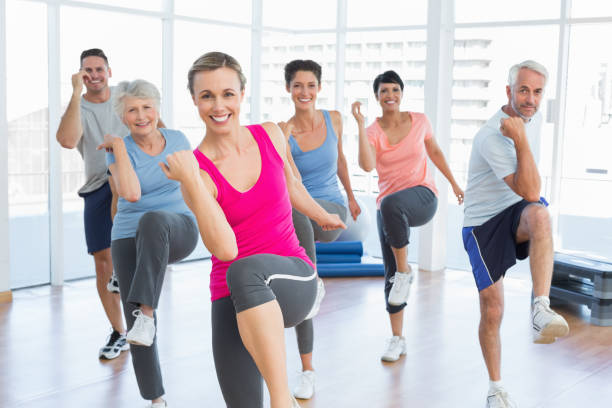


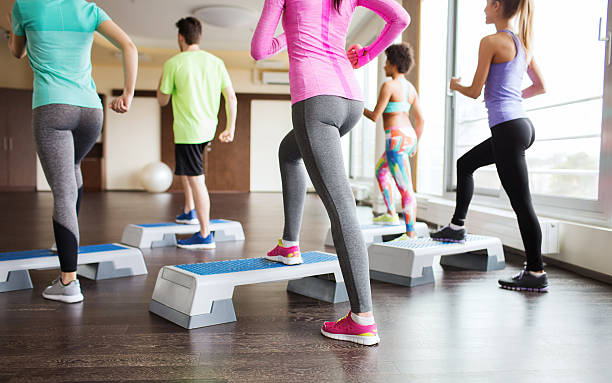


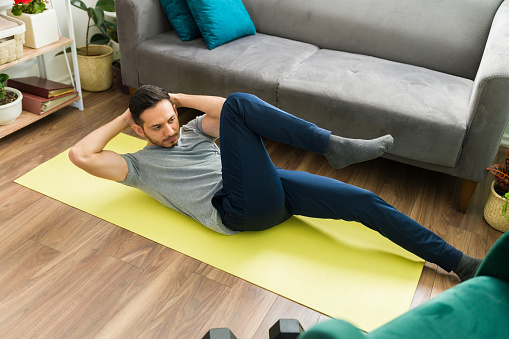






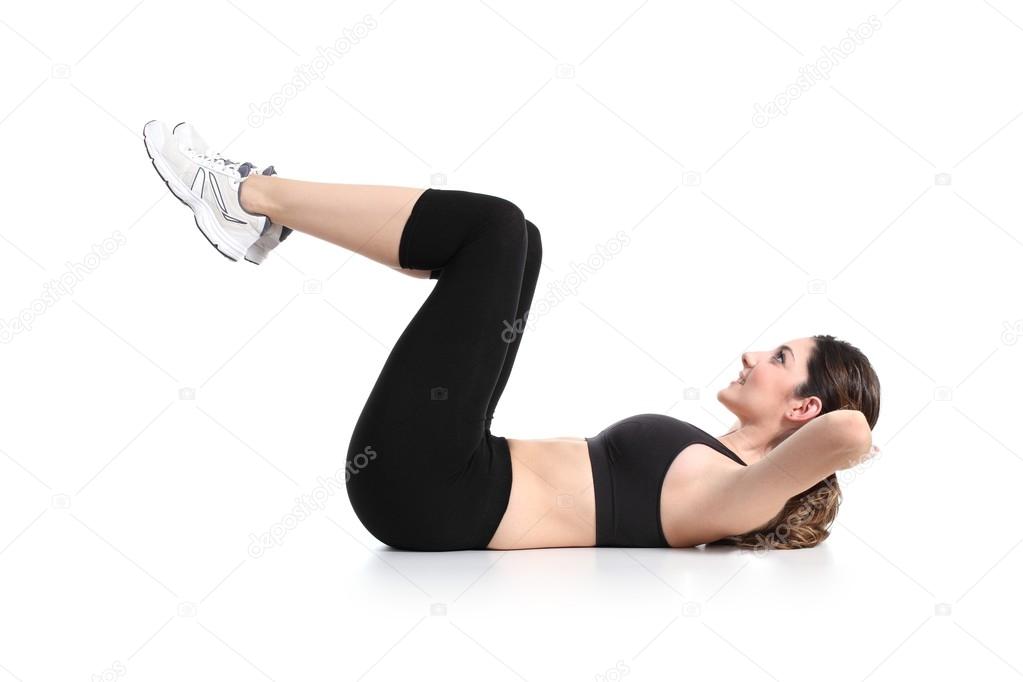
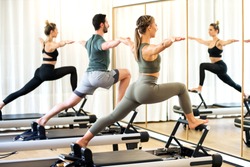
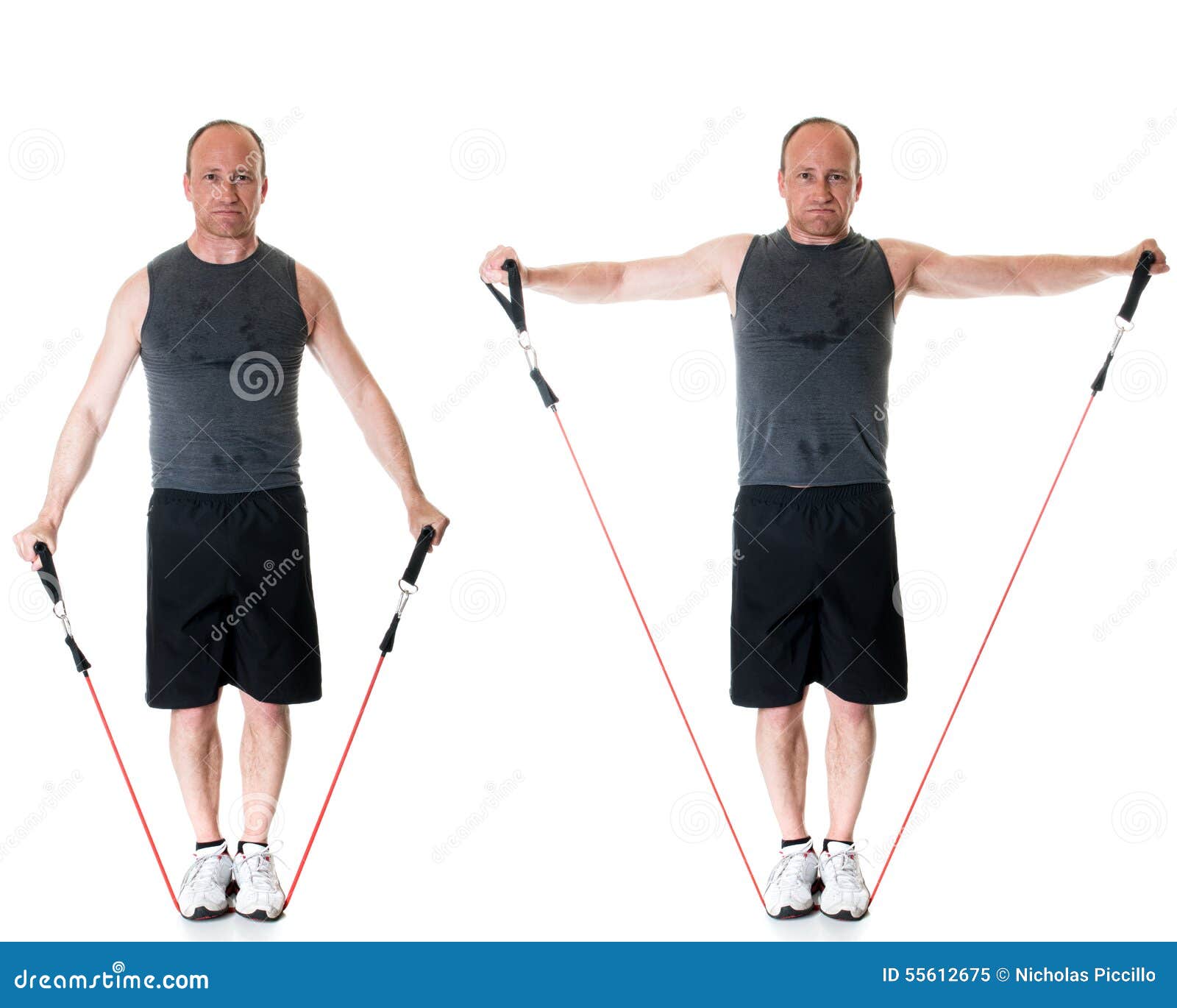









No comments:
Post a Comment